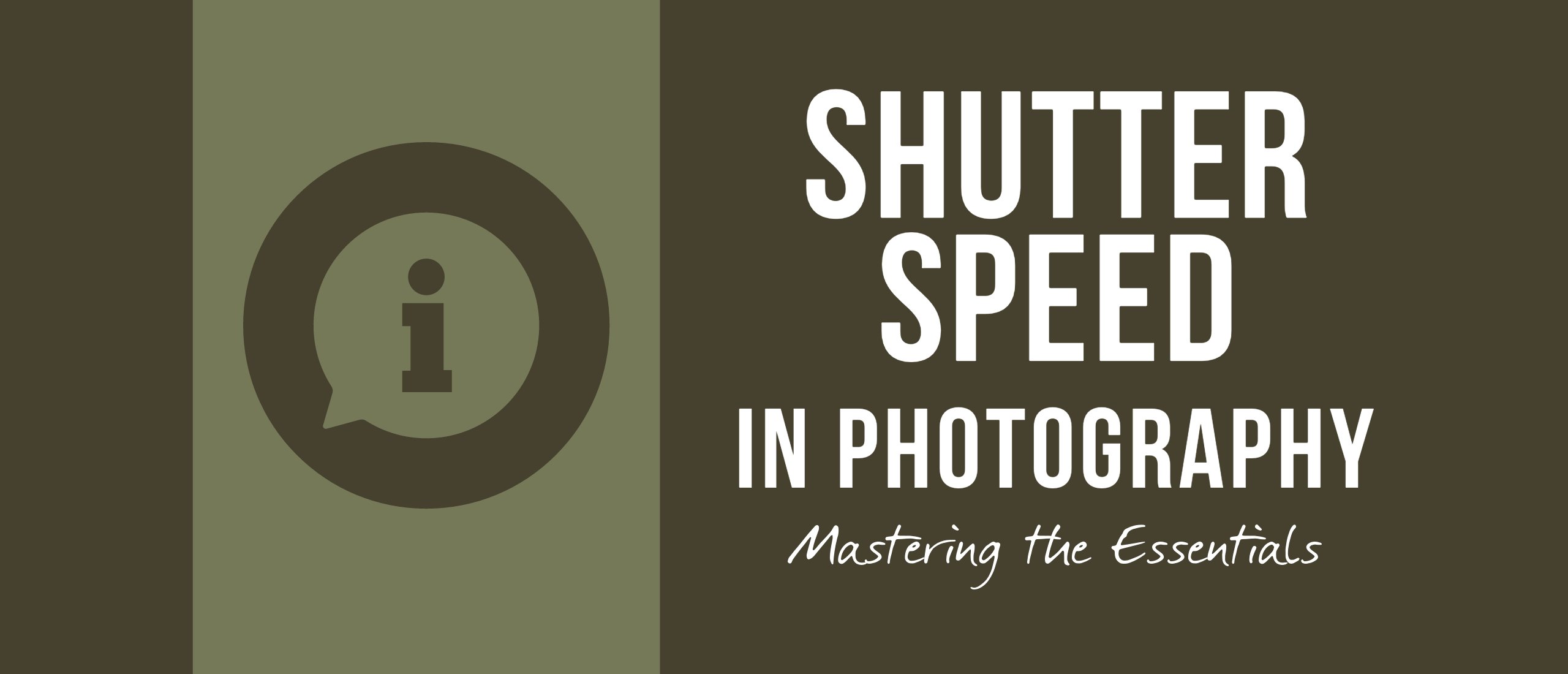
Understanding Shutter Speed in Photography
What is Shutter Speed in Photography? Shutter Speed is the length of time the digital sensor inside the camera is exposed to light, in other words; the time the shutter is open when taking a photo. Actually, it is the time your camera spends taking the photo. Shutter speed is also known as the exposure time.
What does the 's' in Shutter Speed stand for?
Shutter Speed is measured in seconds, or a fraction of a second (for example 1s, 1/4 s, 1/250s), the 's' stands for seconds. Fast shutter speed means that the shutter is open for a (very) short period of time and a slow shutter speed means that the shutter is open for a longer period of time.
- Fast shutter speed will result in more frozen motion
- Slow shutter speed will result in a more blurry motion.
The result always depends on how fast your subject is moving.
Shutter Speed and the Exposure Triangle
Shutter Speed is one of the three pillars of the so-called exposure triangle; the three settings that give you control over the exposure, the amount of light that hits the camera sensor to record an image. The other two pillars are the Aperture and ISO. When you increase the exposure for one of these three elements, you need to reduce it for one or both of the other pillars to maintain the same exposure. If you understand the relationship between these elements, you will gain more control of the images you want to capture.
How Shutter Speed affects Aperture
Shutter speed is significantly related to the aperture. Using a fast shutter speed in combination with a wide aperture (low f/stop) can provide the same exposure (amount of light that reaches the camera sensor) than using a slow shutter speed with a narrow aperture (high f/stop). Although the exposure will be similar, the look and feel of your image can be completely different.
In essence, the shutter speed helps the aperture regulate the exposure, but when you’re photographing moving objects you need to make sure that you’re using higher shutter speed to prevent a blurry image.
- a wide aperture means more light is entering the lens. Because of that, the shutter doesn't have to stay open as long to make a correctly exposed image, which translates into a faster shutter speed.
- a low aperture means less light is entering the lens. Because of that, the shutter has to stay open a little longer. This translates into a slower shutter speed.

